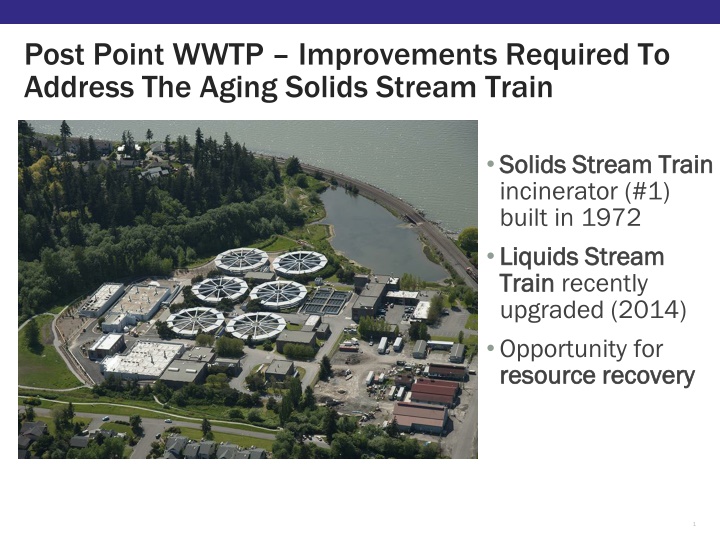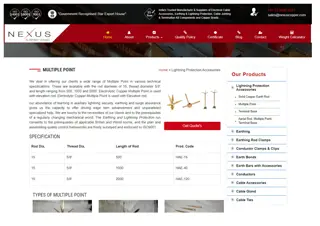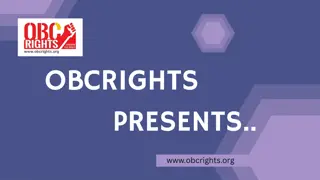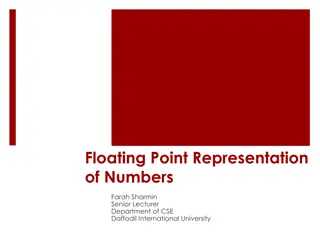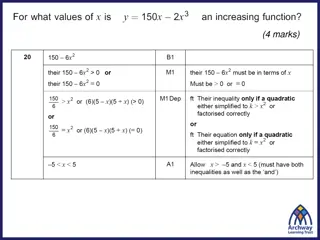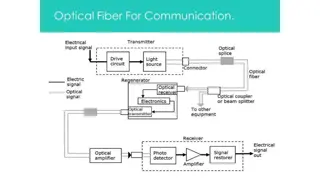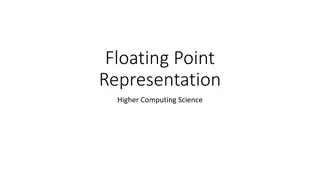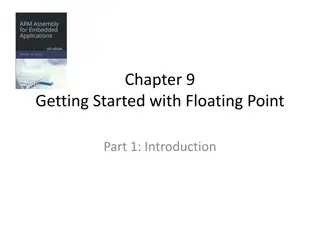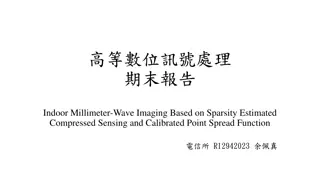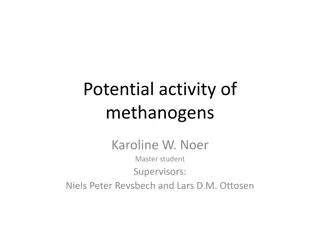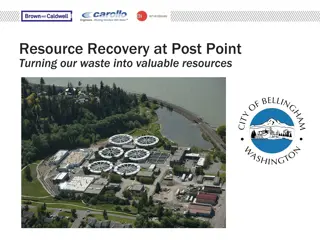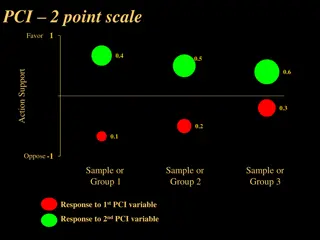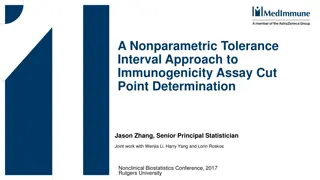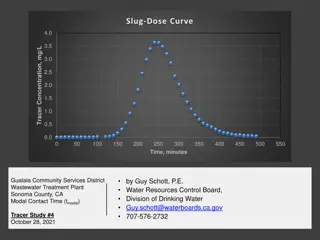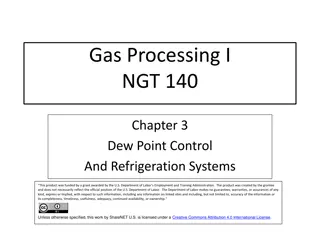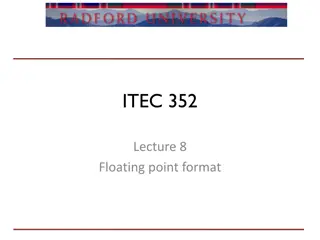Post Point WWTP
Evaluating options for upgrading the aging solids incinerator and maximizing resource recovery opportunities at Post Point WWTP. Four digestion-based alternatives were short-listed, considering technical, financial, social, and environmental criteria through a systematic process.
Download Presentation

Please find below an Image/Link to download the presentation.
The content on the website is provided AS IS for your information and personal use only. It may not be sold, licensed, or shared on other websites without obtaining consent from the author.If you encounter any issues during the download, it is possible that the publisher has removed the file from their server.
You are allowed to download the files provided on this website for personal or commercial use, subject to the condition that they are used lawfully. All files are the property of their respective owners.
The content on the website is provided AS IS for your information and personal use only. It may not be sold, licensed, or shared on other websites without obtaining consent from the author.
E N D
Presentation Transcript
Post Point WWTP Improvements Required To Address The Aging Solids Stream Train Solids Stream Train Solids Stream Train incinerator (#1) built in 1972 Liquids Stream Liquids Stream Train Train recently upgraded (2014) Opportunity for resource recovery resource recovery 1
A Prime Opportunity Recover Resources at Post Point Brown and Caldwell 3
Post Point Biosolids Alternatives Were Evaluated Using the TBL+ Framework 2 2- -Step Process Step Process High level screening of potential alternatives 1 TBL+ evaluation of most feasible alternatives 2 Brown and Caldwell 4
Step 1 Resulted in Four Short-listed Conceptual Alternatives that are Digestion-Based Alternative Alternative Digestion System Digestion System Location ( Location (Biosolids Class) Class) Post Digestion Location Post Digestion Location (Product (Product Biosolids Biosolids Class) Beneficial Beneficial End Use End Use Biosolids Class) Alternative 1 Post Point (Class B) NA Class B Land Application at permitted sites Alternative 2 Post Point (Class B) Dryer at Post Point (Class A) Class A Dried Fertilizer Product Alternative 3 Post Point (Class A) Soil Blending Off-site (Class A) Class A Manufactured Topsoil Alternative 4 Off-site (Class A) Soil Blending Off-site (Class A) Class A Manufactured Topsoil Brown and Caldwell 7
Step 2 Comparison of Preliminary TBL+ Results Technical Technical Technical Technical Technical Technical Compatibility with Criteria Financial Financial Financial Financial Financial Social Social Social Social Social Environm ental Environm ental Environm ental Environm ental Environm ental 0% Post Point Class A Dried Post Point Class A Soil Off-site Class A Soil Ideal Post Point Class B
Step 2 Comparison of Preliminary TBL+ Results 100% Technical Technical Technical Compatibility with Criteria 75% Technical Financial Financial Technical Financial Financial 50% Financial Social Social Social Social Social 25% Environm ental Environm ental Environm ental Environm ental Environm ental Post Point Class A Dried 0% Post Point Class A Soil Off-site Class A Soil Ideal Post Point Class B
The Project Team Visited Area Class A Biosolids Programs with Local Distribution of Product Sumner Grow (City of Sumner) Sumner Grow (City of Sumner) Tagro Tagro (City of Tacoma) (City of Tacoma) Brown and Caldwell 10
Public Outreach Program Continues to Inform the Process May 23, 2017 Community Workshop General support for moving away from incineration FAQs and responses now posted on City s biosolids website July 31, 2017 Follow-up Community Workshop Scheduled Update on project status Overview of preliminary TBL+ results 11
